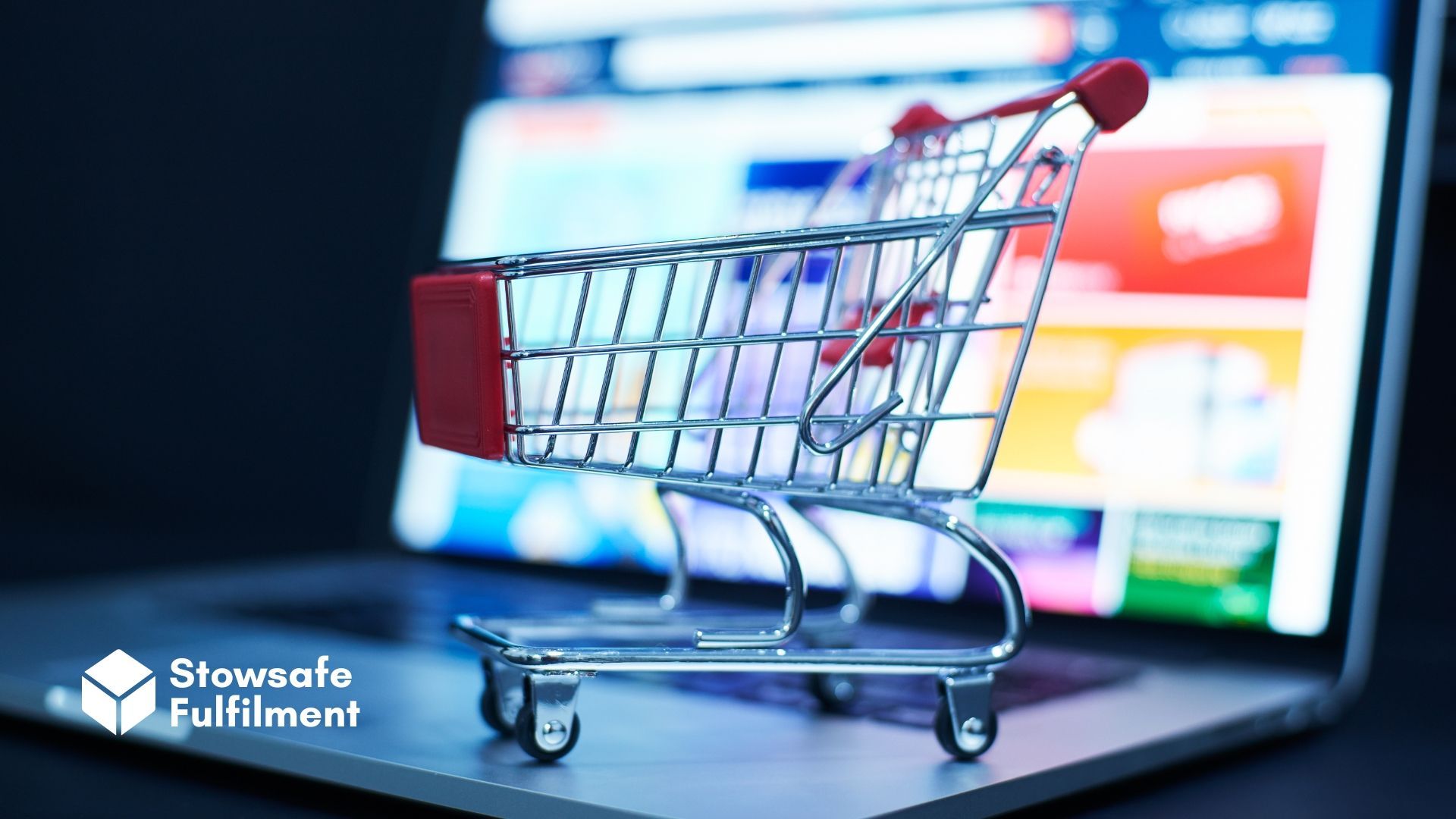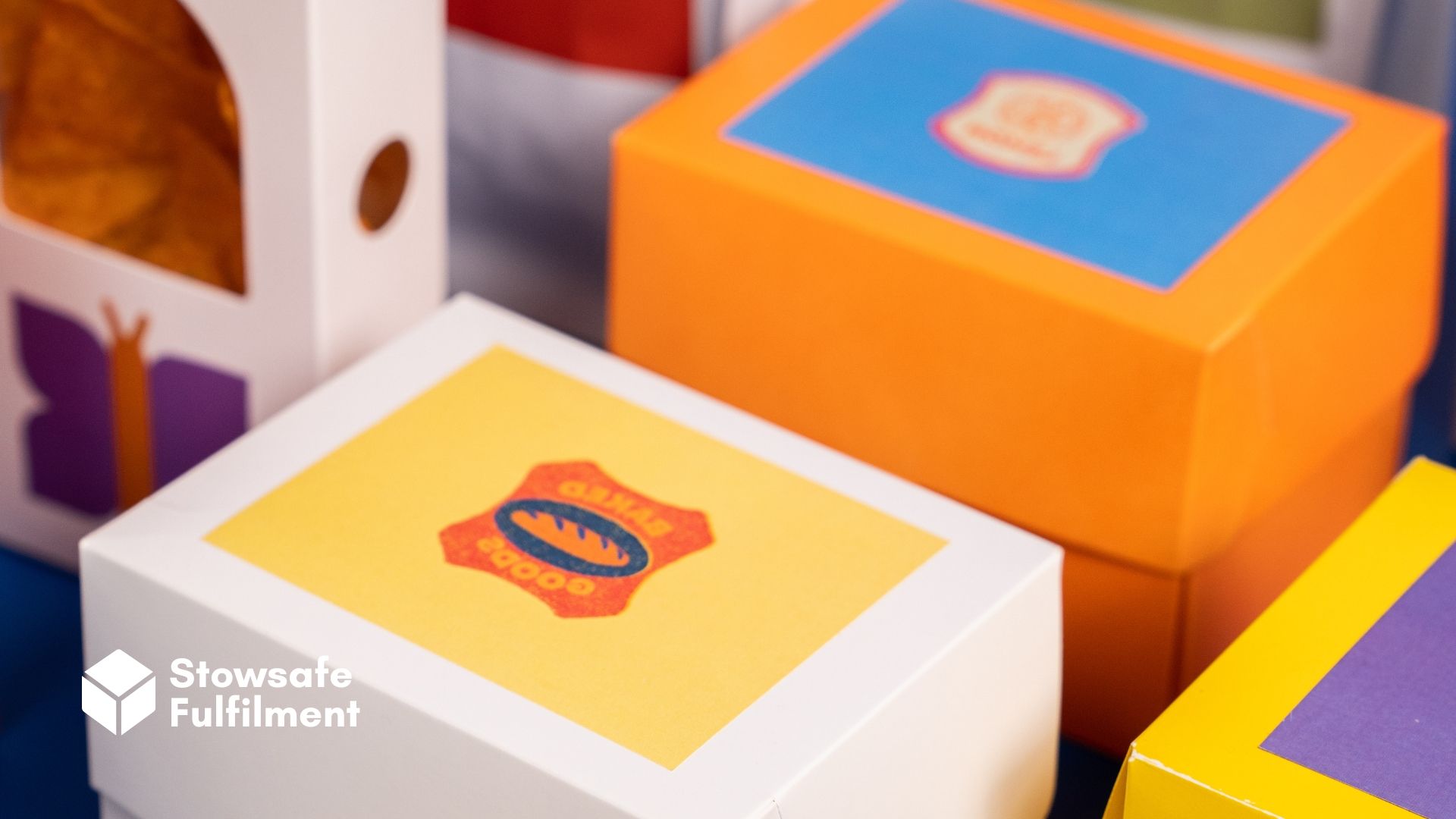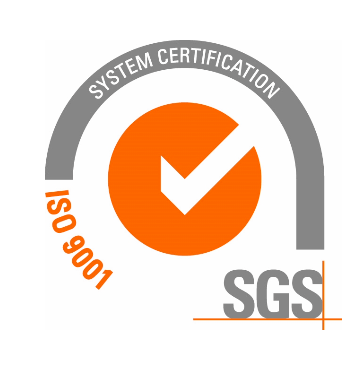Fulfilment KPIs are great for improving the performance of your eCommerce business. Keep an eye on these 10 KPIs and watch your efficiency soar.
Staying in control of any business requires careful attention to detail – and fulfilment is no different. Tracking fulfilment KPIs will highlight actionable areas of improvement. Measured together, those KPIs become powerful metrics for growth.
Looking at the data can be time-consuming, so choosing which fulfilment metrics are going to work for your business is key. That's why we've put together a list of some KPIs we think are worth tracking and worth your time.
1. Order cycle time
Order cycle time tracks the time it takes a customer's order to be processed, picked, shipped and received. If your orders are taking too long to arrive then customers may consider competitors next time.
There are several ways to improve your order cycle time, such as better inventory management and looking at your processing time (or "internal order cycle time").
2. On-time delivery
On-time delivery tracks the percentage of orders that arrive at the time and day that was scheduled. Meeting expectations consistently increases customer satisfaction and encourages loyalty.
If search engines throw up review after review bemoaning delays in your delivery times, customers may not even reach your site.
3. Order fulfilment rate
An order fulfilment rate is the ratio of received orders against completed orders. A completed order, as the name suggests, is one that has been processed and received by the customer or client.
For example, if you have received 100 orders and only completed 30, you have a bad order fulfilment rate. This may indicate that you are struggling with demand or that you need to streamline your ordering system.
4. Rate of return
A high rate of returns is a key indicator that something in your fulfilment line is going wrong. Maybe packaging is being damaged or your shipments are being lost or delayed.
Returns are par for the course in the world of eCommerce and, although they can be costly, they're also useful for rooting out issues. Avoid trying to hide your returns policy, however, as customers are less likely to shop with you if they think you don't offer one.
5. Inventory-to-sales ratio
The inventory-to-sales ratio should be a key consideration for anyone looking to improve the sustainability and financial security of their business. In short, it's a calculation based on the value of your stock measured against the value of your sales. Businesses need to maintain stock to meet demand, but retaining too much stock can be costly.
Monitoring inventory-to-sales over time can tell you a lot about your business and its performance year-on-year. You may wish to use it to forecast sales and adjust stock to meet challenges head-on.
As a rule, keeping the ratio low (higher sales-to-inventory) is desirable but not always possible. Too low, however, and you run the risk of running out of stock.
6. Perfect order percentage
The holy grail of KPIs: the perfect order percentage. Ideally, you want this number as high as possible as it indicates the amount of orders that are completed smoothly, accurately and promptly.
If your rate of perfect orders is high it represents efficiency in your supply chain. Maintaining this through booms and slumps will be key to customer satisfaction and brand loyalty.
7. Order picking accuracy
Ever ordered that Ferrari in red and got it in white instead? Yeah, us too.
If you're dealing with a high volume of orders, someone's order might get mixed up. Many returns are due to this fact alone and it can quickly become a frustrating source of lost revenue. Mistakes happen, of course, but reducing the number of wrong orders is crucial for your brand's image and reputation.
Problems with order accuracy can also affect other KPIs like order cycle time and your perfect order rate. On the other hand, they may point to the same issue, like inadequate training for staff or problems with shipment documentation.
8. Distribution costs
Distribution is one of the main expenses linked with order fulfilment. Alongside delivery, the metric accounts for costs associated with the storage and transportation of items.
If your distribution costs are too high, you may want to consider ways to reduce those costs – like encouraging customers to buy more but less frequently.
9. Inventory accuracy
Your inventory is your stock – and your stock is your capital. Sometimes stock is lost due to theft, damage or a processing error. This can cause mis-sales, affecting your order accuracy and leading to unnecessary costs.
On the other hand, you might have extra stock stored away that doesn't show up on your inventory. If you don't know it's there, it won't ever sell – and it could run a costly tab on your storage account.
The benefit of an inventory accuracy KPI is that it measures inventory stock against physical stock so you can be sure they match. If the number from the physical count doesn't match the inventory, then you know there's a discrepancy.
10. Carrying cost
One of the main expenses for a business is storage. Your carrying cost is the amount your business spends on storing and holding its entire inventory.
You might consider this alongside your inventory-to-sales ratio, as the more stock you hold the more likely you are to begin losing money. If your carrying costs are too high, it may encourage you to think of new ways to sell idling stock.
Fulfilment logistics can be complicated and time-consuming to manage. If you want peace of mind, consider Stowsafe as your
3PL provider. We're here to help you grow your business. At Stowsafe we'll deliver on all your key fulfilment KPIs so you can focus on strengthening your brand.
All Rights Reserved | Stowsafe Fulfilment














